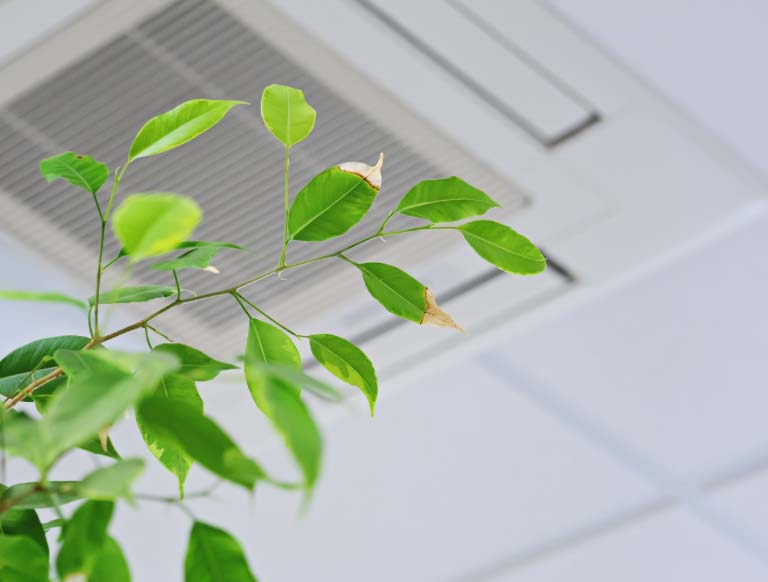Keeping the air clean in Industrial Workplaces
If COVID-19 has done one good thing, it is bringing the awareness of clean air to the attention of the general public.

Keeping the air clean in Industrial Workplaces
Did you know, according to the US Environmental Protection Agency (EPA), air pollution in industrial work environments can be two to five times higher than the air outside and, in extreme cases, up to 100 times worse. It is estimated that exposure to high levels of air pollution within the workplace is responsible for over 440,000 workers health conditions, a staggering statistic.
Research has found that high levels of air pollution in the workplace can cause conditions such as heart attacks, depression, diabetes, cancer and have a detrimental effect on cognitive function. In fact, current regulations for industrial environments allow hazardous levels of air pollution and the ones that are there are not adequately enforced.
If COVID-19 has done one good thing, it is bringing the awareness of clean air to the attention of the general public, especially with regard to the spread of COVID-19 in industrial workplaces. After numerous breakouts within factories at the start of the pandemic, due to workers inability to socially distance and some not being able to afford to take time off work to self-isolate, the issue of pollution in these environments became a concern.
We spend a high percentage of our lives at work, many in factories and other industrial workplaces, so air quality is an important consideration for employers. COVID-19 aside, general air pollution within industrial workplaces can be just as harmful, and a large part of maintaining good air quality is ensuring that ventilation within your building is adequate.
If a building’s ventilation is poor, not only will this aid the spread of COVID-19, but it gives birth for a collection of horrible symptoms for those within the building, such as aches, pains, fatigue, headaches, nausea and poor concentration, together known as Sick Building Syndrome (SBS).
So, how can we prevent this? At System Hygienics, we conduct a high-level of indoor air quality testing and provide a comprehensive report, including airborne microbiological and surface microbiological sample testing. All of these tests are carried out by an independent laboratory where calibrated testing equipment is used, so you can be sure all of our assessments are 100% accurate. Indoor air quality testing is essential to ensure the health and wellbeing of workers and it is essential to take action if the findings are not what you expect, especially in industrial environments where ventilation is arguably the most important as there is likely to be machinery and chemicals present.
Any responsible building owner or facilities manager will carry out risk assessments and condition surveys of ventilation systems regularly, focusing on air quality in line with the Workplace Health, Safety and Welfare Regulations Approved Code of Practice 1992. To ensure air quality is at an appropriate level, ventilation systems should be cleaned, maintained and tested regularly to avoid serious health issues. If this is not done, fresh air supply becomes compromised and airborne contaminants are left to spread.
With the lessons learned from COVID-19, it has never been more obvious that employers must take responsibility for their industrial workplaces’ air quality. Whatever the workplace, cleaning and maintenance of HVAC systems is essential to maintain fresh air supply and remove airborne contaminants and that is where we can help…
At System Hygienics, air quality testing is available to our customers as a standalone service or as part of our Complete Compliance Package. Each bespoke package includes an in-depth audit and survey to prove the cleanliness and safety of your entire system so you can be sure it is up to scratch and the threat of airborne contaminants to your staff is managed.
To find out more about our ventilation hygiene services, please visit www.systemhygienics.co.uk.



